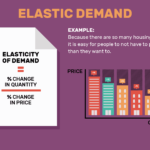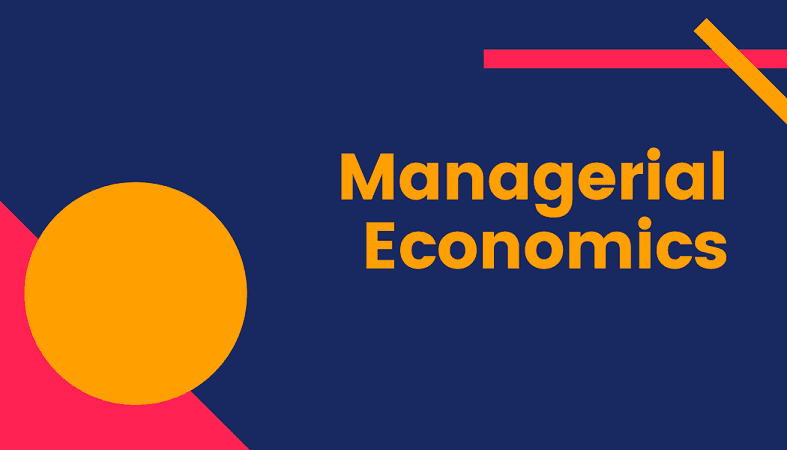The Economic System of the Environment: Understanding the Intersection of Economics and Ecology
The economic system of the environment refers to the interaction between economic activities and environmental processes. It involves understanding how economic decisions impact natural resources and ecosystems and how environmental conditions influence economic outcomes. This interconnected system highlights the need for sustainable practices and policies that balance economic growth with environmental stewardship.
Key Concepts in the Economic System of the Environment:
1. Environmental Economics
Environmental economics studies the economic effects of environmental policies and regulations. It examines how economic activities impact the environment and seeks to find ways to mitigate negative effects while promoting economic efficiency.
- Externalities: Economic activities can create externalities, which are unintended side effects that affect third parties. For example, pollution from industrial activities can harm public health and ecosystems. Environmental economics aims to internalize these externalities by implementing policies like pollution taxes or cap-and-trade systems.
- Valuation of Ecosystem Services: Ecosystem services are the benefits that humans derive from nature, such as clean air, water, and fertile soil. Environmental economics seeks to quantify and assign monetary value to these services to better understand their contribution to economic well-being and justify conservation efforts.
- Cost-Benefit Analysis: This approach evaluates the economic pros and cons of environmental policies or projects. It helps policymakers weigh the economic benefits of environmental protection against the costs of implementing and enforcing regulations.
2. Sustainability and Resource Management
Sustainability involves managing natural resources in a way that meets present needs without compromising the ability of future generations to meet their own needs. This concept is central to the economic system of the environment.
- Renewable vs. Non-Renewable Resources: Renewable resources, such as solar energy and timber, can be replenished naturally, while non-renewable resources, like fossil fuels and minerals, are finite. Sustainable management requires balancing the use of these resources to avoid depletion and environmental degradation.
- Resource Efficiency: Improving resource efficiency means using resources more effectively to reduce waste and environmental impact. Techniques such as recycling, energy conservation, and sustainable agriculture contribute to more efficient resource use.
- Circular Economy: The circular economy model focuses on creating closed-loop systems where products are designed for reuse, repair, and recycling. This approach minimizes waste and reduces the need for new raw materials, thereby lessening environmental impact.
3. Environmental Policy and Regulation
Governments and international bodies implement policies and regulations to address environmental challenges and promote sustainable practices. These policies play a crucial role in shaping the economic system of the environment.
- Regulatory Frameworks: Environmental regulations, such as emissions standards and waste management laws, set limits on pollution and resource use. These frameworks aim to protect natural resources and public health while guiding economic activities.
- Incentive-Based Policies: Incentives, such as subsidies for renewable energy or tax credits for energy-efficient technologies, encourage businesses and individuals to adopt environmentally friendly practices. These policies help align economic interests with environmental goals.
- International Agreements: Global environmental issues, such as climate change and biodiversity loss, require international cooperation. Agreements like the Paris Agreement on climate change set targets for reducing greenhouse gas emissions and promote collective action to address environmental challenges.
4. Economic Impacts of Environmental Change
Environmental changes, such as climate change, natural disasters, and resource depletion, have significant economic consequences. Understanding these impacts is essential for developing effective policies and strategies.
- Economic Costs of Climate Change: Climate change can lead to increased frequency and severity of natural disasters, such as hurricanes and floods, which can cause significant economic damage. Additionally, changes in weather patterns can affect agriculture, water supply, and infrastructure.
- Impact on Industries: Certain industries are more directly affected by environmental changes. For example, the fishing industry may suffer from overfishing and declining fish stocks, while the tourism industry may be impacted by changes in natural landscapes and ecosystems.
- Adaptation and Resilience: Building resilience to environmental changes involves investing in infrastructure, technology, and strategies that can mitigate the impacts of environmental challenges. Adaptation measures help communities and businesses manage risks and capitalize on opportunities in a changing environment.
The Role of Business in the Economic System of the Environment:
Businesses play a crucial role in the economic system of the environment through their operational practices, products, and corporate social responsibility (CSR) initiatives.
- Sustainable Business Practices: Companies can adopt sustainable practices, such as reducing energy consumption, minimizing waste, and sourcing materials responsibly. These practices not only reduce environmental impact but can also lead to cost savings and improved brand reputation.
- Corporate Social Responsibility (CSR): CSR involves companies taking responsibility for their environmental and social impacts. CSR initiatives may include supporting environmental conservation projects, investing in community development, and promoting ethical supply chains.
- Innovation and Technology: Businesses can drive environmental progress through innovation and technology. Developing new products and processes that are environmentally friendly can lead to competitive advantages and contribute to a more sustainable economy.
Conclusion:
The economic system of the environment underscores the complex relationship between economic activities and environmental processes. By understanding and addressing this relationship, societies can develop policies and practices that promote sustainability, resource efficiency, and resilience. Balancing economic growth with environmental stewardship is essential for achieving long-term prosperity and ensuring a healthy planet for future generations. As global challenges continue to evolve, integrating economic and environmental considerations will remain crucial for building a sustainable and equitable future.










